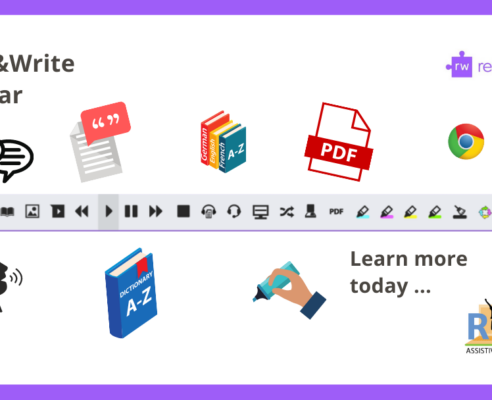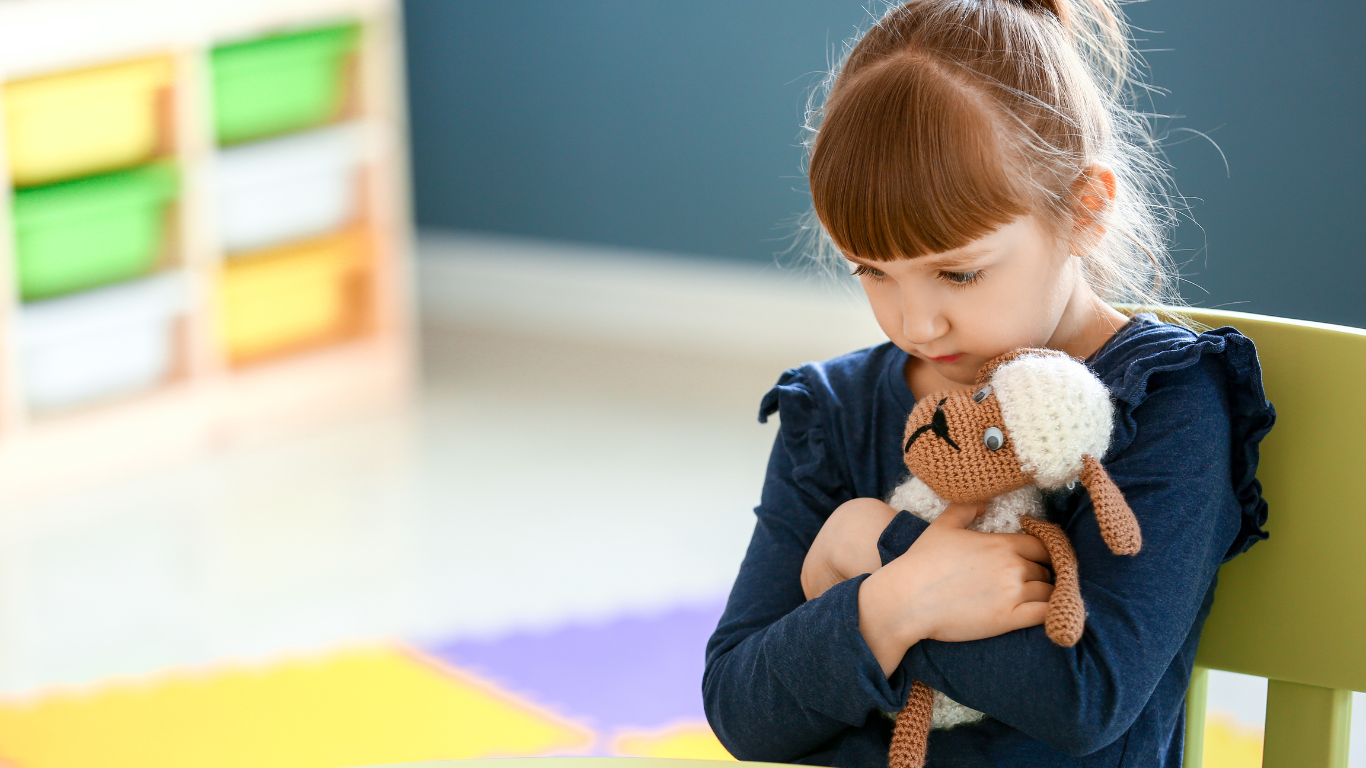
Assistive Technology: Texthelp Read&Write
Texthelp’s Read&Write is a software toolbar that can help students with learning differences overcome learning challenges. Learn more about this amazing assistive technology!
Learn More
Understanding the causes that led to a miscommunication or conflict is crucial, as children are still learning social expectations and often require support and reminders to acquire the language and skills necessary to express their needs, interpret others’ emotions/tone/perspective, and regulate themselves following conflict.
Some children may be more sensitive to conflict or perceive it as rejection, and may exhibit this by having intense emotional reactions or by avoiding certain situations entirely. Along with this, a need for perfection may also trigger these challenges, as some children who are wary of rejection may also be driven by a fear of being judged by others for their mistakes, or they may have self-imposed high expectations, making them more sensitive to correction as well. This can lead to an intense desire for control or predictability to achieve “perfection” and can be distressing when they lack the skills to efficiently problem-solve.
When a conflict arises, it is essential to focus on identifying the patterns that contributed to the situation and to model care for the individual who was hurt or disrupted. Validating feelings and giving both children a brief time (2 to 5 minutes) to process their emotions privately can help with increasing children’s ownership of their actions, while also reducing defensiveness. For children who are more sensitive to rejection or judgment, forcing an apology immediately can be overwhelming and sometimes lead to an escalation (for example, when avoiding apologizing or eye contact, it may be because they are overwhelmed or feel deeply ashamed).
Reframing stressful experiences as learning opportunities, praising empathetic choices, and following up with children when they are calm allows us to problem-solve and plan the actions they can take as next steps to repair the conflict. Allowing children to choose the steps they want to take to repair the situation also gives them a deeper understanding of the control they can have over their own actions.
This guide supports educators in responding to peer-to-peer miscommunications and conflicts in ways that affirm neurodiversity, emotional safety, and children’s autonomy.
View peer conflict as a normal part of social learning:
Some children may:
These responses are not misbehaviour — this is the nervous system responding to stress and is a valid expression of emotional overload or unmet needs.
When conflict occurs between peers:
Use affirming language with each child:
Avoid framing any child as “wrong” — instead, explore their intent and experience.
Once children are calm:
Invite children to choose how they want to repair or reconnect with their peer:
This builds agency, self-trust, and mutual respect.
– Almas K., Early RISErs Lead Instructor, and Marlo Humiski, Senior Manager, Early Years Programs
LDS is a community of dedicated professionals who write collaboratively. We recognize the contribution of unnamed team members for their wisdom and input.